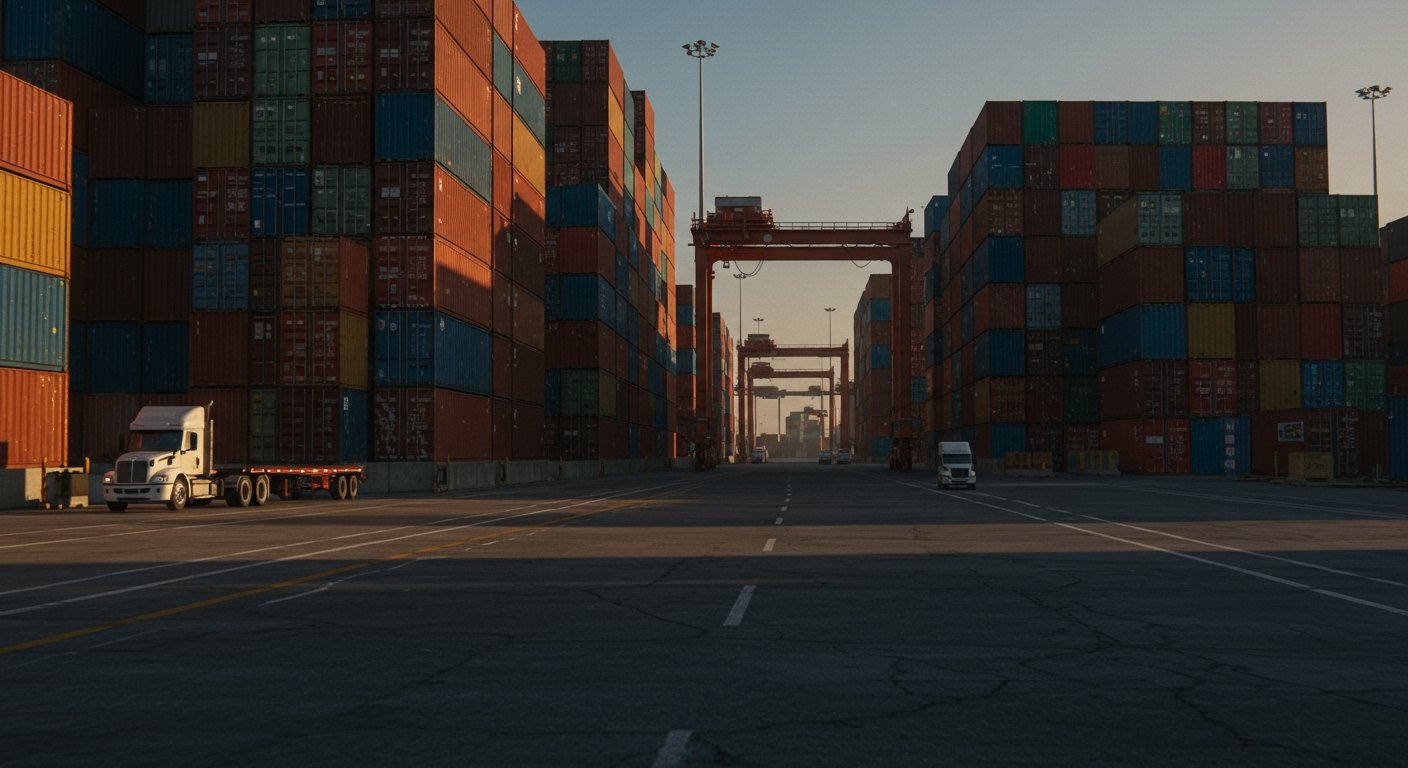Washington D.C. — New immigration restrictions implemented by the Trump administration are poised to dramatically reshape the landscape of the United States trucking industry, threatening to trigger a significant capacity crunch by sharply reducing the available pool of drivers. Experts project that these measures, culminating in policies taking effect in 2025, could sideline well over 100,000 drivers, potentially ending a period of market overcapacity and driving freight rates upward.
The impact stems primarily from two key initiatives: the English Language Proficiency (ELP) mandate and the sweeping immigration controls embedded within H.R. 1, formally titled the “One Big Beautiful Bill Act.” Signed into law on July 4, 2025, H.R. 1 represents a comprehensive overhaul of immigration enforcement and border security, with wide-ranging implications extending into the critical transportation sector.
Examining H.R. 1: A Multifaceted Approach
H.R. 1 is an extensive legislative package encompassing a variety of measures aimed at tightening immigration controls. Central to the act is a substantial allocation of $146.3 billion for border security funding, signaling a significant escalation in enforcement capabilities and infrastructure. The bill also mandates the termination of parole programs for specific nationalities, including Cuban, Haitian, Nicaraguan, Venezuelan, and Ukrainian individuals, groups that have historically contributed to various sectors of the U.S. workforce, potentially including trucking.
Further restrictions introduced by H.R. 1 involve limitations on Employment Authorization Documents (EADs), making it more difficult for certain non-citizens to gain legal employment. Increased barriers to asylum claims are also a core component, designed to reduce the number of individuals seeking refuge within the United States. Collectively, these provisions tighten the pipeline for potential new entrants into the labor market, including those who might seek careers in trucking.
A critical element ensuring the strict implementation of these measures is the increased funding directed towards Immigration and Customs Enforcement (ICE) within H.R. 1. This enhanced financial support is expected to bolster ICE’s capacity for enforcement actions, including checks related to employment eligibility, which could further pressure the trucking workforce.
The English Language Proficiency Mandate
Adding to the potential driver shortage is the standalone English Language Proficiency (ELP) mandate, which is set to take effect on June 25, 2025. This regulation requires holders of Commercial Driver’s Licenses (CDLs) operating in interstate commerce to meet specific standards of English proficiency. While the precise criteria are subject to implementation details, analysts estimate that the mandate alone could disqualify a substantial number of existing drivers.
Projections indicate that the ELP mandate could sideline anywhere from 40,000 to 60,000 current interstate CDL holders who may not meet the new language standards. This figure represents a significant portion of the existing driver pool and directly impacts the industry’s immediate operational capacity.
Cumulative Impact on Driver Pool
The combined effects of H.R. 1’s broad immigration controls and the specific ELP mandate paint a concerning picture for the availability of truck drivers. When the anticipated losses from both sets of policies are aggregated, the total projected reduction in the number of available drivers ranges from 105,000 to 175,000. This represents a substantial shock to an industry already grappling with recruitment and retention challenges.
This potential reduction is particularly impactful given the recent state of the market, often characterized as “The Great Freight Recession,” a period marked by overcapacity where the supply of trucking services has exceeded demand, leading to compressed freight rates.
From Overcapacity to Crunch
The removal of such a large number of drivers from the workforce is widely expected to reverse the current market dynamics. The projected driver shortage is poised to create a massive capacity crunch within the trucking industry. As the number of available trucks and drivers diminishes relative to freight demand, the existing overcapacity is forecast to end abruptly.
The most direct consequence of this capacity reduction will likely be a sharp increase in freight rates. With fewer trucks available to move goods, shippers will face greater competition for transportation services, driving up costs. This potential surge in rates is seen by some as the force needed to pull the industry out of its current recessionary phase, though the economic ripple effects could be significant.
The strict implementation likely facilitated by H.R. 1’s increased ICE funding ensures that these measures are unlikely to be lightly enforced, exacerbating the projected driver shortage and solidifying the anticipated capacity crunch. As these policies take full effect in 2025, businesses and consumers alike may begin to feel the impact through higher transportation costs and potential supply chain disruptions.






